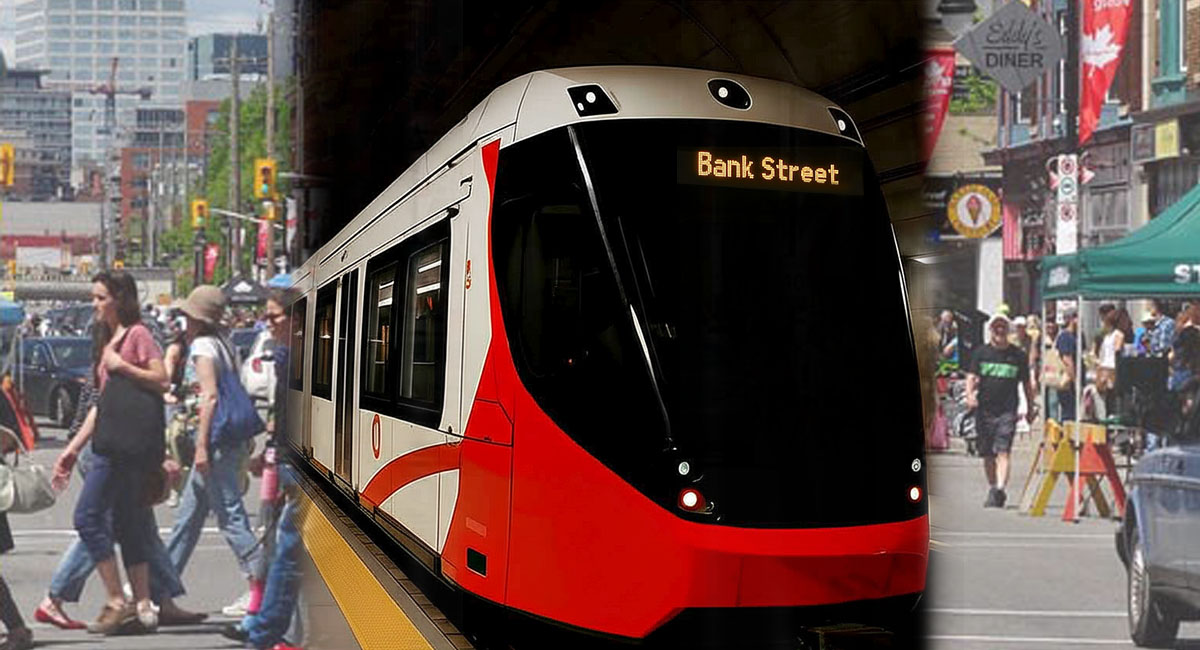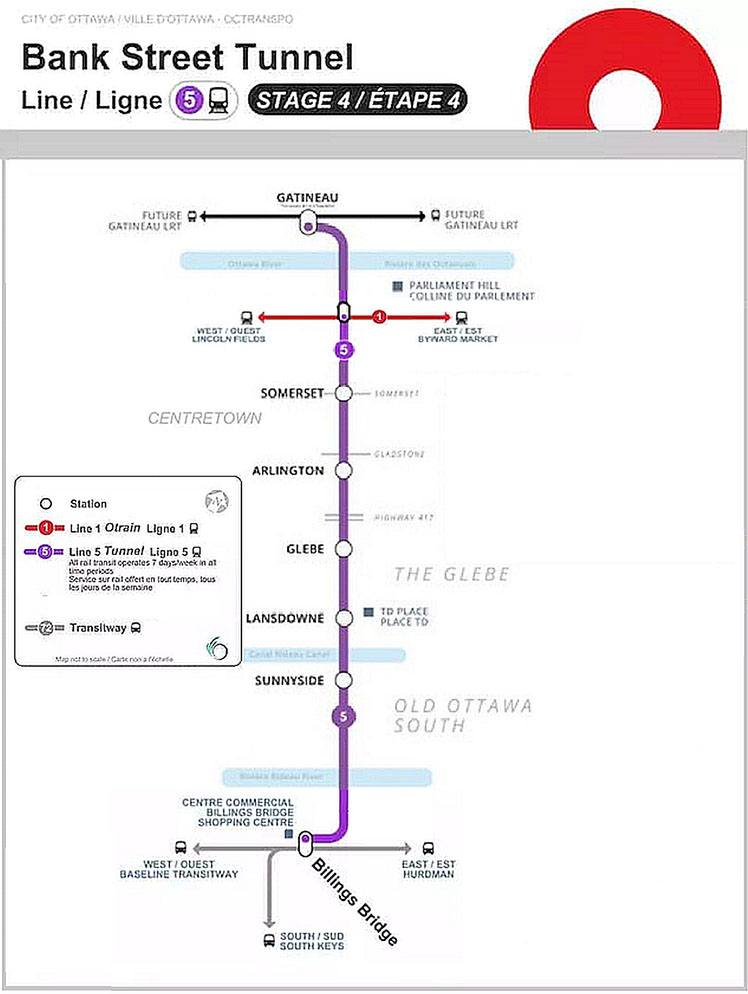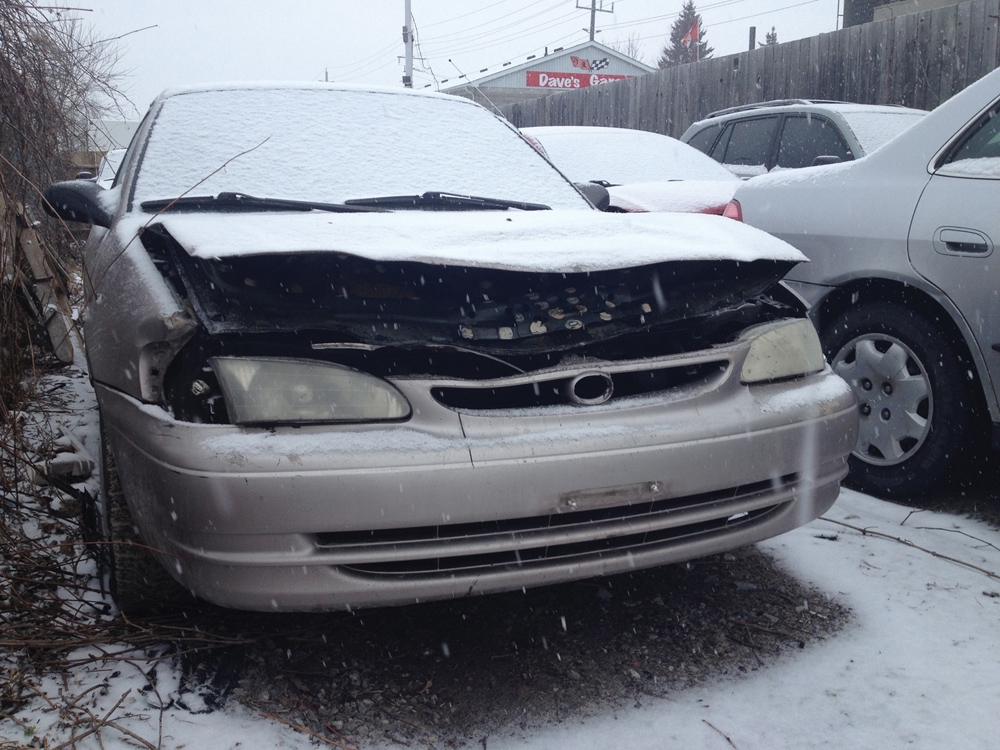
Ottawa’s Breaking Point: Why Bank Street Needs an O-Train Now
Op-Ed by Clinton P. Desveaux
In Ottawa-Gatineau, the promise of a fantastic summer feels increasingly distant. A relentless, soul-crushing snarl of traffic on Bank Street already suffocates the air, hijacking what should be the best season in the city.
It’s more than just a sound; it’s a feverish symptom of a city collapsing under its own weight, a metro area that has exploded to 1,660,269 people. That’s a massive 8.5 percent jump since 2021, far outpacing the national average of 5.2 percent. We’ve officially reclaimed our spot as Canada’s fourth largest metro area, a source of pride yet also a source of intolerable strain—especially for Canada’s Capital City, representing the nation on the G7 stage.
Even more damning, city planners got it all wrong: Ottawa-Gatineau is now projected to hit 1.8 million a full decade ahead of their initial forecasts. In fact, if the current staggering rate of population growth persists, our metro area will shatter 1.9 million by 2030, guaranteeing the complete breakdown of our infrastructure.
Nowhere is that pressure more evident than on Bank Street. From the bustling hub of Billings Bridge to the historic steps of Parliament Hill, it’s a daily nightmare. Twenty thousand transit users are jammed onto buses, perpetually delayed, chronically unreliable, and pushing sanity’s limits. Fifty thousand cars grind to a halt in the lanes, their collective exhaust a toxic testament to billions in lost productivity and shredded nerves.
This single corridor serves 250,000 downtown residents who call the core home, their lives inextricably caught in its frustrating, failing arteries. And as if that isn’t enough, thousands more flood in daily, relying on this very street after disembarking from the sleek, but geographically limited, Confederation Line 1, or from Lines 2 and 4, which serve South Keys, Limebank and the airport but still funnel riders toward a downtown ill-equipped to handle the volume. A 2024 CBC article, 6 of Ottawa’s worst transportation headaches, according to residents, states that Bank Street bus service is “borderline unusable,” further underscoring just how badly this key transit artery is failing the people who depend on it.
The pressure isn’t just intensifying; it’s becoming unmanageable. Lansdowne Stadium is now busier than ever — no longer just the home of the Redblacks and the Ottawa 67’s, but also hosting Atlético Ottawa, the Ottawa BlackJacks, the PWHL Ottawa Charge, and the new Ottawa Rapid FC. Each event sends thousands of fans spilling directly onto Bank Street, compounding already strained infrastructure.
Meanwhile, the NCC continues to close Queen Elizabeth Driveway to vehicles during the summer months, further constricting traffic flow—though it makes exceptions to reopen it for some large-scale events at Lansdowne. And looming on the horizon, Lansdowne 2.o and the prospect of the Senators hockey team relocating downtown. Both projects promise brand-new arenas and an unprecedented, potentially crippling surge of foot and vehicle traffic into an already overburdened.
The math isn’t screaming anymore — it’s a deafening siren. Ottawa’s infrastructure is buckling, and Bank Street is ground zero. The time for dreaming is over. The time for desperate, immediate planning is NOW. OC Transpo’s much-publicized New Ways to Bus route revamp, launched on April 27th, promised a more reliable and connected system, but so far has shown no measurable improvement in service quality or reliability. Worse still, it failed to address the pressing issue of transit congestion in the downtown core, where the need for transformative solutions grows more urgent by the day.

So, what happens next? City Hall can’t ignore this any longer. This isn’t a suggestion, it’s a do-or-die imperative: Ottawa needs a Bank Street O-Train. Leaders must commit to real transit expansion now—not in another endless round of feasibility studies, but in concrete action. Federal and provincial partners must step up, too. And residents? This fight is ours. Contact your city councillor. Demand action. Mobilize. If Ottawa wants to be a world-class capital, it must act like one.
A Bank Street LRT stretching from Billings Bridge all the way to Portage & Terrasses de la Chaudière isn’t optional, it’s survival. And every day we wait, the cost grows—in time, in money, and in the soul of the city.










